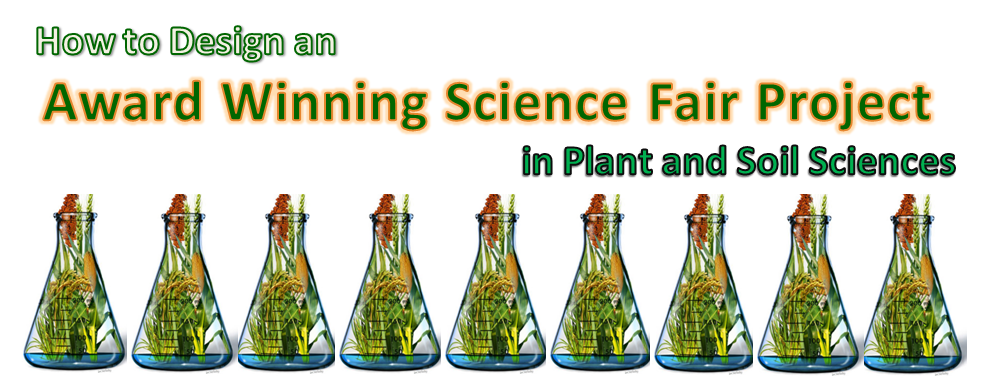First Step to Do ........
At the beginning, you need to understand simply "what a science fair project is all about?" and its components.Your class teacher can tell you more about the science fair at your school or parent at home, but this page of the blog explains what science fairs are all about and its components.
If you're wondering what I should do my science fair project, scroll down until to the bottom of our page.
The key thought behind a science project is to see
what exactly happens if....................
What happens to one thing if you change something else, while you keep all of the other conditions the same or without changing?
In this approach you act and think as a scientist.
That's the compassion of all research, and a science project is just alternative name for such a research.
One thing to keep in mind: science projects are not the same as science demonstrations. The idea behind a science project is to learn something new through a small experiment. You might guess the result in advance, but you won't know for sure what will happen until you try out the experiment.
Ten Elements of a Science Fair Project
1. Title
2. Abstract
3. Purpose
4. Hypothesis
5. Materials
6. Procedure
7. Visual aids
8. Results
9. Conclusion
10. Written
report
1: TITLE
The topic
should be something catchy or attractive relating to your theme. It is
positioned in the center of your report cover, and centered on your project’s
display board. It should be always attractive, bold, and easy to read, if you
are targeting an award winning project.
2: PURPOSE
The purpose is
where you explain what you hope to prove. It also explains how you became
interested in the subject, and how you narrowed your focus into a specific,
measurable test that could be turned into a hypothesis.
3:
HYPOTHESIS
The hypothesis
is a specific statement (not a question) designed to get a positive or negative
result from a performable test. Example: Vinegar will dissolve dry ice faster
than regular water. The hypothesis will prove to be either TRUE or FALSE,
either of which is useful to scientists in further investigations.
4: MATERIALS
The entire
materials list is displayed on the project board so others can get what they
need to reproduce your experiment exactly as you performed it.
5: PROCEDURE
The
experiment’s step-by-step procedure is listed so others can reproduce your
experiment exactly as you performed it. Remember: an experiment that cannot be
reproduced with the same results is worthless.
6: VISUAL AIDS
Visual aids are
graphs, pictures, and drawings. They are important because they provide facts
and make the display more interesting.
7: RESULTS
The results are
where you state whether your hypothesis was found to be true or false. It is
also where you discuss the facts you discovered during your experiment. Just
the facts are discussed.
8: CONCLUSION
The conclusion
is where you discuss your opinion of the results. For example: whether or not
your experiment went according to plan, what worked and what didn’t work, what
you would do differently next time, and how the information is useful to make
your next hypothesis and experiment.
9: ABSTRACT
The abstract is
to be written last after the project has been completed, but it is displayed
first on the project display board. It is an abbreviated, simplified version of
your project’s goal. It is supposed to be a QUICK and EASY read of the main
ideas.
10: Science
Fair Written Report
Your project must
be accompanied by a written report presented in a cover. The outline you
may use to guide you is explained in next page.

No comments:
Post a Comment